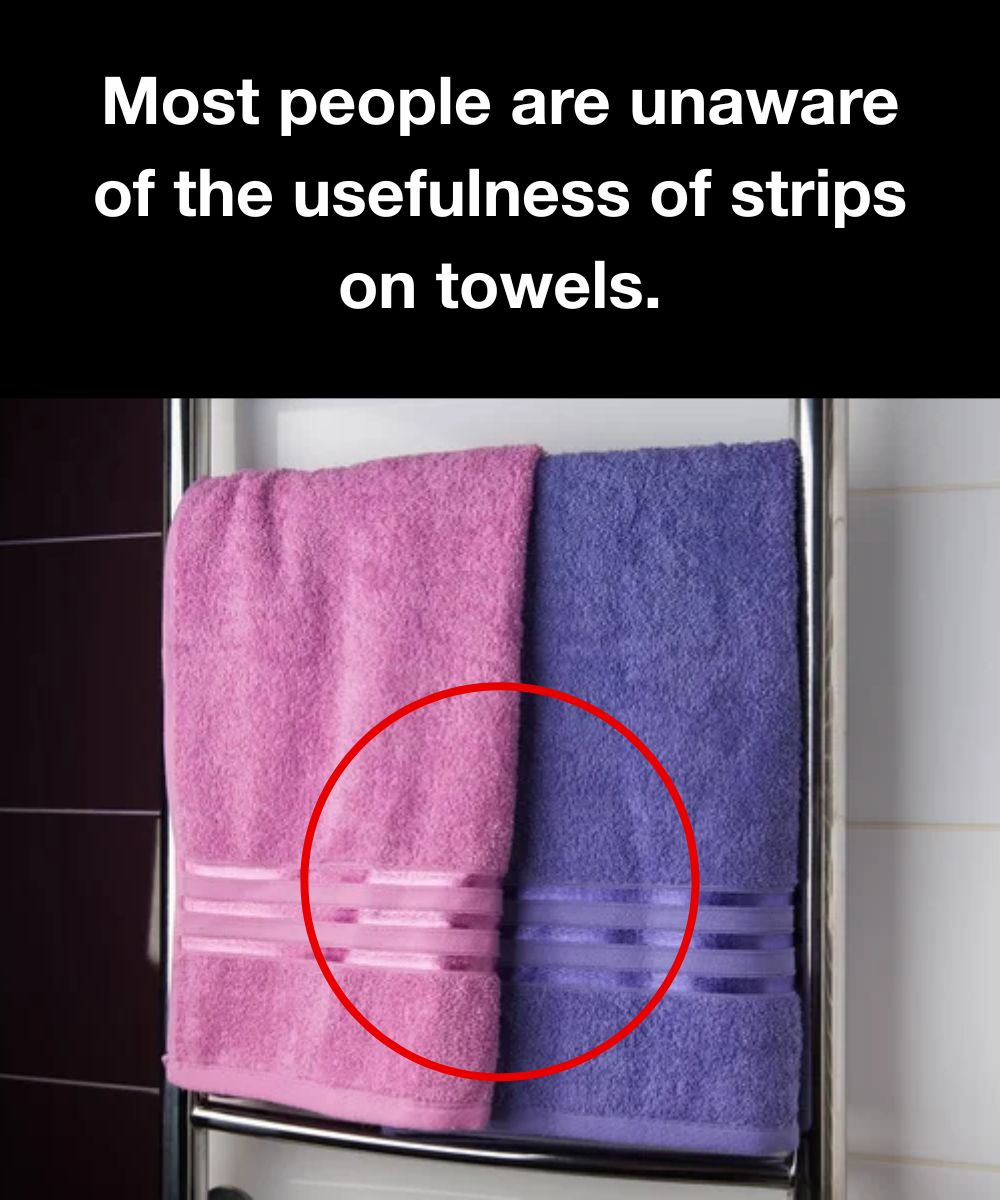Have you ever stayed at a hotel or visited a gym and noticed those subtle stripes running across the towels? At first glance, they may look like a stylish design choice, but in reality, those stripes serve a much more practical and efficient purpose. In the world of commercial laundry—where staff process hundreds, if not thousands, of linens every day—striped towels act as a clever visual hack that simplifies the tasks of sorting, folding, and stacking.

What might seem like a minor detail can actually make a significant difference in how smoothly operations run behind the scenes. In large-scale laundry environments such as hotels, gyms, and spas, speed and organization are critical. One of the biggest challenges is quickly identifying and separating the different types of towels, especially when they’re all the same color. With everything from washcloths and hand towels to bath towels and spa wraps all coming in shades of white, it can be time-consuming for staff to distinguish between them. This is where stripes come in as a game-changer.
By incorporating distinct stripe patterns—whether it’s a thick vertical band for bath towels or a thin horizontal line for hand towels—laundry teams can immediately recognize each towel type at a glance, without needing to unfold or measure them. Some establishments even use color-coded stripes for additional categorization. For example, a gym might designate blue stripes for locker room use and red stripes for equipment cleanup. Spas could use different stripe patterns to distinguish facial towels from massage linens.
These small visual cues dramatically improve sorting efficiency, helping laundry staff work faster and reduce errors. When towels emerge from industrial dryers, they often land in large mixed piles. Instead of relying solely on size or feel to sort them, employees can now simply spot the stripes and know exactly where each towel belongs. But the benefits don’t stop at sorting. Striped towels also help ensure consistency during folding and stacking, which is especially important in hotels where presentation is everything.
Housekeeping teams are trained to prepare rooms with a clean, uniform look, and towel stacks are no exception. Stripes act as a guide, helping employees fold each towel evenly and align the pattern outward for a polished, professional appearance. This level of detail may seem minor, but it can have a major impact on guest satisfaction and the efficiency of room turnovers. What makes striped towels even more appealing is their cost-effectiveness. Unlike barcodes or RFID tags that require scanning equipment and ongoing tech support, stripes are woven directly into the fabric of the towel.
They don’t fade easily, they don’t require batteries or updates, and they certainly don’t add to a hotel’s tech budget. Once in place, this low-tech solution continues to provide long-term value with zero maintenance required. And it’s not just big hotels and commercial facilities that can benefit from striped towels—this clever system works at home, too. Families can assign different stripe patterns to different members, making it easy to tell whose towel is whose and reducing unnecessary laundry. For households with multiple bathrooms, using specific stripe designs in each space helps keep things organized and avoids confusion.
It’s a simple trick that can make daily routines a little easier. Striped towels are a perfect example of functional design—where something that looks attractive also serves a deeper purpose. In environments where cleanliness, speed, and organization are essential, those little stripes make a big difference. They streamline workflow, prevent mistakes, and improve overall presentation without adding extra costs. So the next time you’re in a hotel, gym, or spa and you notice a striped towel, remember that it’s not just a fashionable accent. It’s a smart, intentional feature designed to make life easier for the people working behind the scenes and more efficient for everyone involved. What appears to be a small detail is actually a well-thought-out system hiding in plain sight, proof that great design often lies in simplicity.





